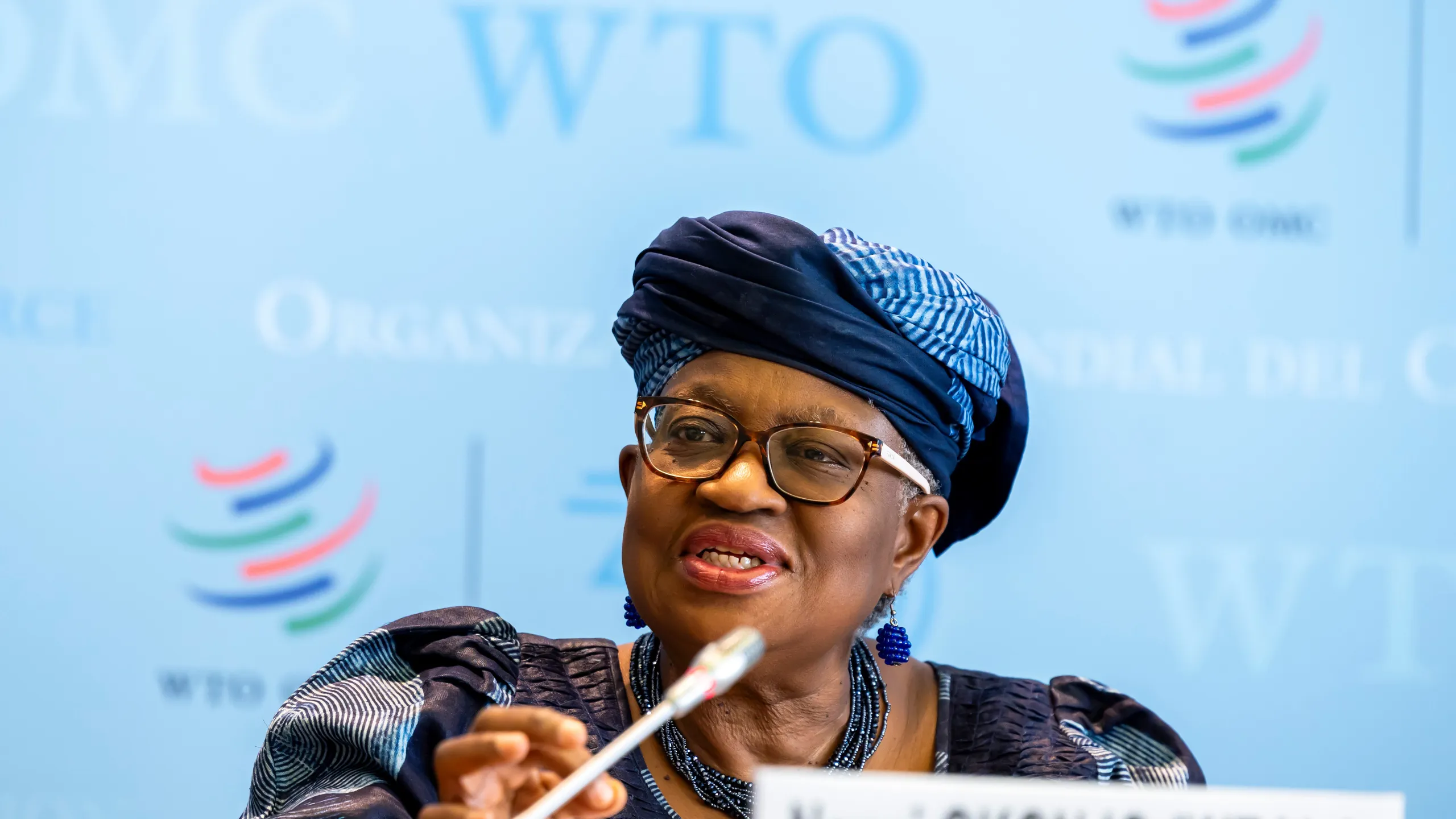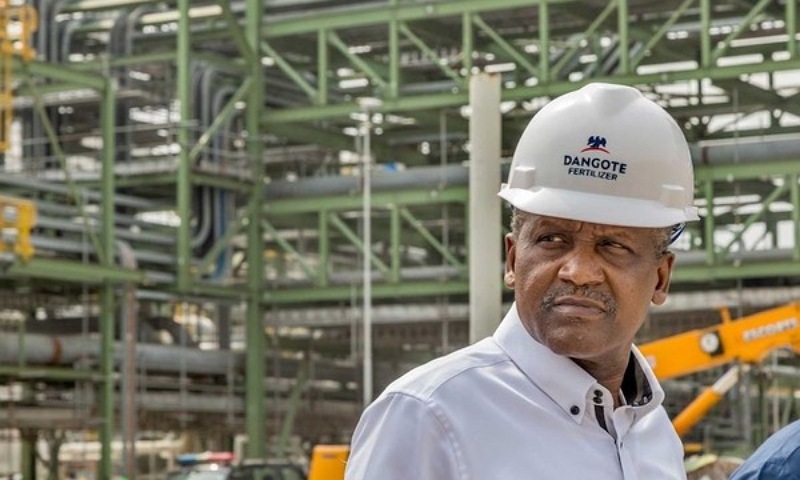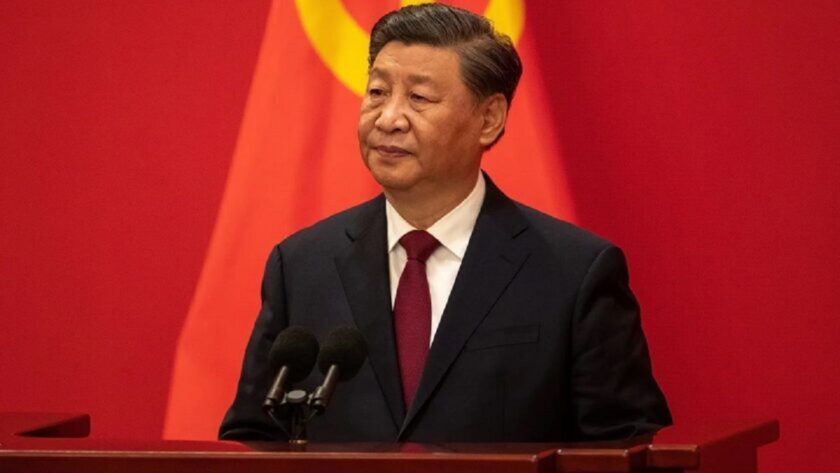The World Trade Organization (WTO) has revised its forecast for 2025 global merchandise trade growth from 0.9 percent to 2.4 percent after a stronger-than-expected first half. The organization now anticipates a rebound in goods trade, overturning earlier predictions of a slowdown. The upgraded forecast highlights how AI-related products such as semiconductors, servers, and telecom equipment have powered much of the trade expansion. These products normally account for about 15 percent of global trade, but they contributed roughly 42 percent of total growth in 2025.
AI-Related Goods Power the Surge
Demand for AI-enabling components has skyrocketed as countries and companies race to secure semiconductors, high-performance servers, and computing infrastructure to support artificial intelligence projects. This surge has significantly increased trade in technology categories worldwide. Economies producing or assembling these components have seen stronger export growth, while trade in traditional goods has grown more modestly.
U.S. Import Front-Loading Adds Momentum
A second factor behind the uptick is the U.S. import surge. Many American importers accelerated shipments ahead of possible tariff increases, leading to a spike in imported goods such as pharmaceuticals, electronics, and precious metals. The total value of North American imports rose by over 13 percent at an annual rate. This front-loading amplified global trade momentum, given the scale of the U.S. economy and its influence on demand.
South-South Trade Strengthens
Trade among developing nations has also increased. According to the WTO, South-South trade expanded by about 8 percent year-on-year, while trade among emerging economies excluding China grew around 9 percent. This trend reflects the growing role of developing countries in shaping global trade patterns and contributing to recovery momentum.
Services Growth Slows
While goods trade improved, services trade appears to be losing pace. The WTO projects global services exports to rise by 4.6 percent in 2025 and 4.4 percent in 2026, compared to 6.8 percent in 2024. The slowdown is attributed to weaker demand in travel, logistics, and business services as global conditions remain uncertain.
Risks Loom for 2026
Despite 2025’s encouraging performance, the WTO has downgraded its forecast for 2026. It now expects global goods trade to grow by only 0.5 percent instead of the previous 1.8 percent. The decline may stem from tariff pressures, inventory corrections, and softening global demand. In addition, the current import acceleration effect in the U.S. may fade, removing one of this year’s biggest trade drivers.
Implications for Policy and Business
The WTO report underscores how global trade now responds rapidly to changes in technology and policy. Governments must exercise caution when signaling tariff adjustments, as sudden moves can distort trade flows. The rise of AI-related goods also shows the growing need for countries to invest in digital infrastructure, semiconductor manufacturing, and innovation. Businesses should monitor these developments closely, as shifts in AI demand or trade policy can quickly reshape global supply chains.
Conclusion
The WTO’s upgraded 2025 trade forecast highlights how AI-related demand and a surge in U.S. imports have fueled an unexpected rebound in global goods trade. However, this growth may be short-lived. With the 2026 outlook less optimistic, policymakers and businesses must prepare for potential slowdowns and market shifts. The current surge offers valuable lessons on how technology, tariffs, and timing interact to shape global commerce.
Bonus Read: Deloitte to Partially Refund Australian Government Over AI-Error Report



